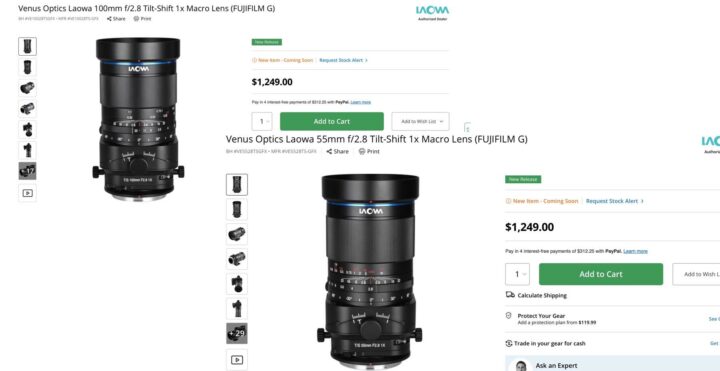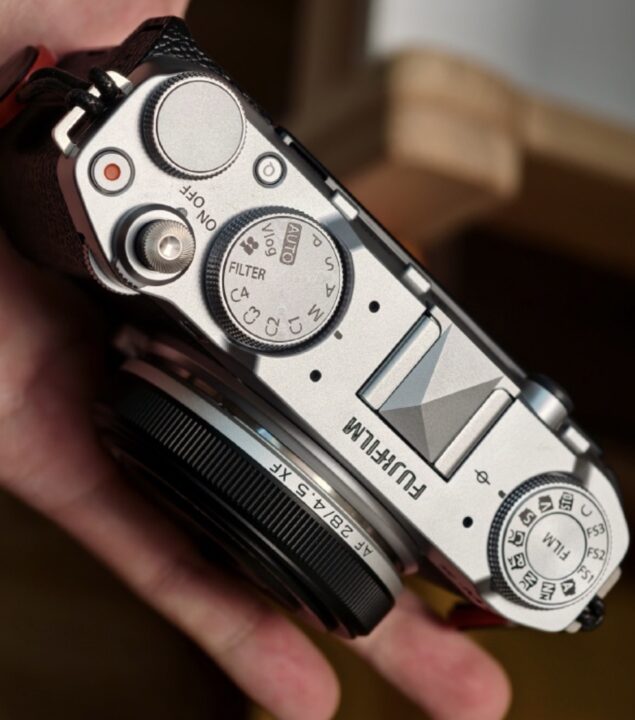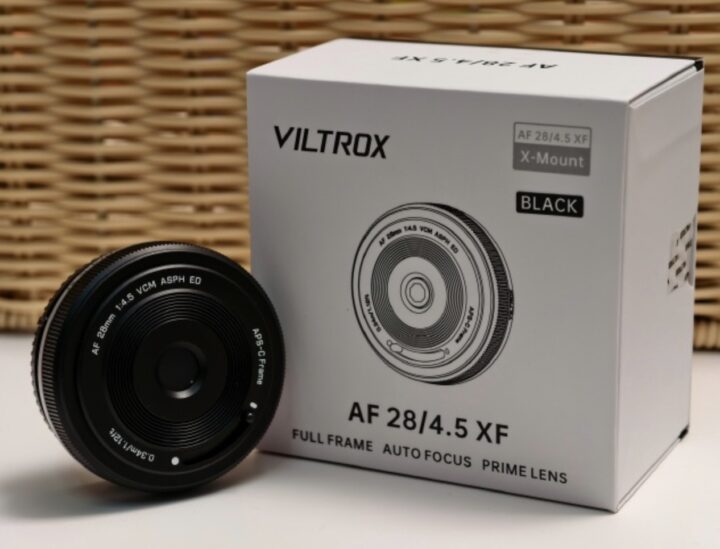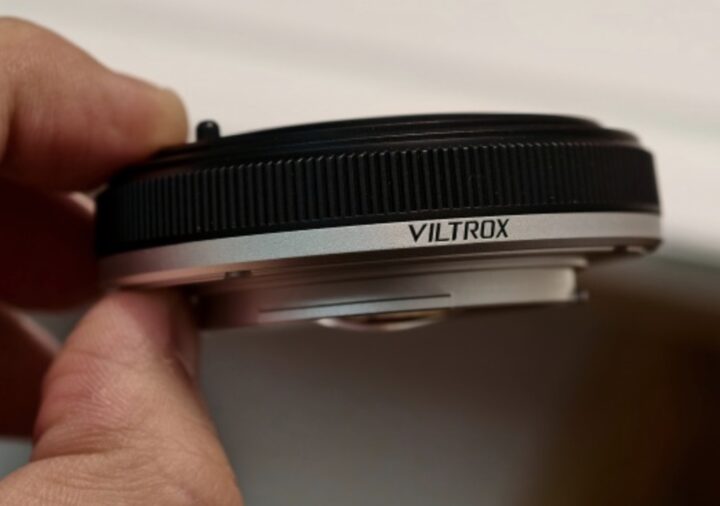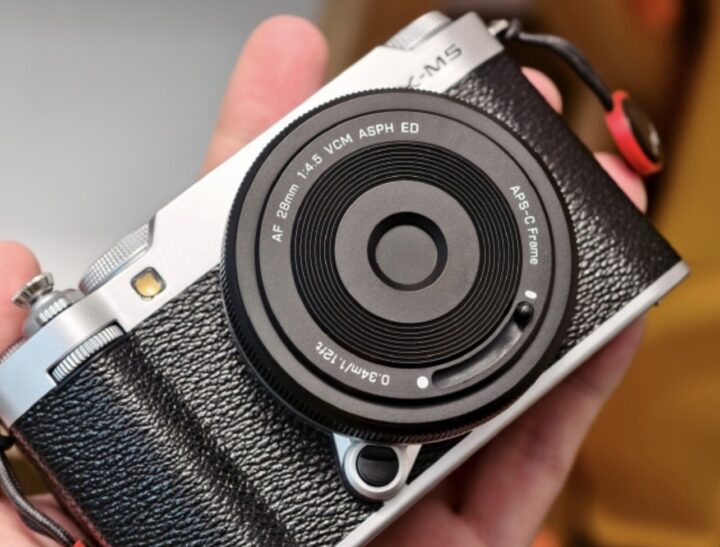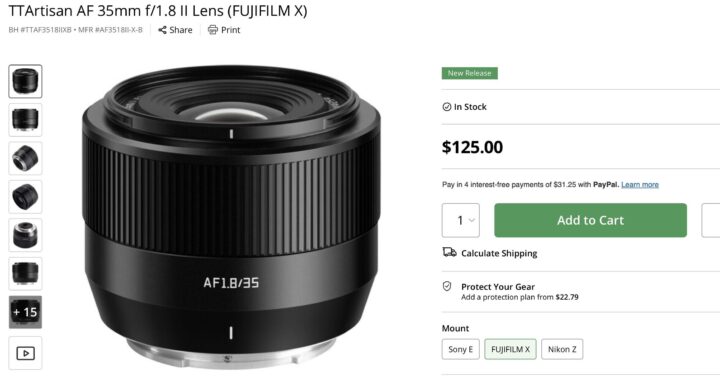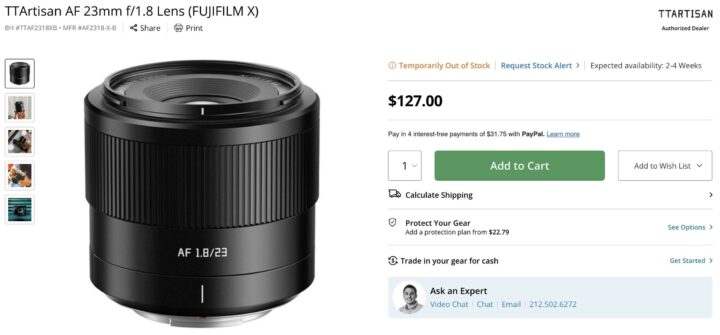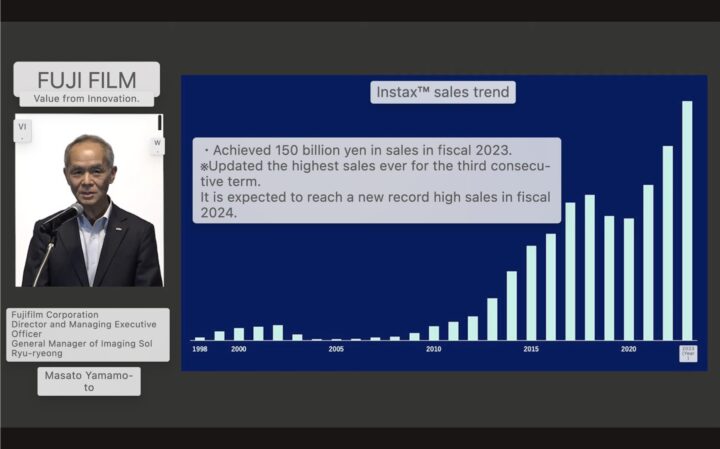Fujifilm GFX100RF “The Enemy of Art is the Absence of Limitations” – Opinion Piece

Scott has written an article where he reasons about the upcoming Fujifilm GFX100RF based on the rumors we have shared.
Besides sharing some wonderful images, the article also explores the creative challenges and overall potential of the Fujifilm GFX100RF, emphasizing how limitations, such as a single focal length, can sharpen creative instincts and lead to more intentional, expressive work. The piece suggests that embracing constraints in equipment can enhance artistic vision and freedom.
And he quotes Orson Welles, who said: “The enemy of art is the absence of limitations”
I thought it might be interesting to share this as a way to shift focus from the technical rumors and specifications and instead highlight what a camera like the GFX100RF can bring to our photography through its fixed-lens concept. This aspect might actually be the most significant feature of this camera, even if it doesn’t appear on any spec sheet. After all, an inspirational boost can do more for the growth of our photography than a megapixel boost.
You can read the full article at thecuratedlandscape.
Fujifilm GFX100RF Rumors


